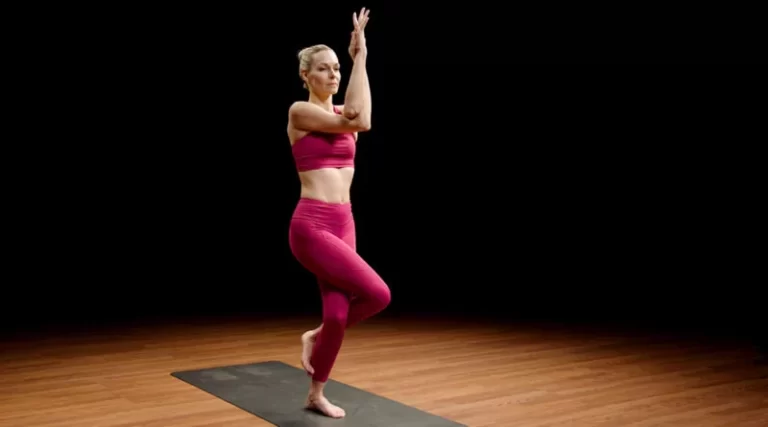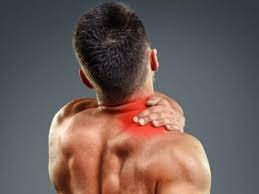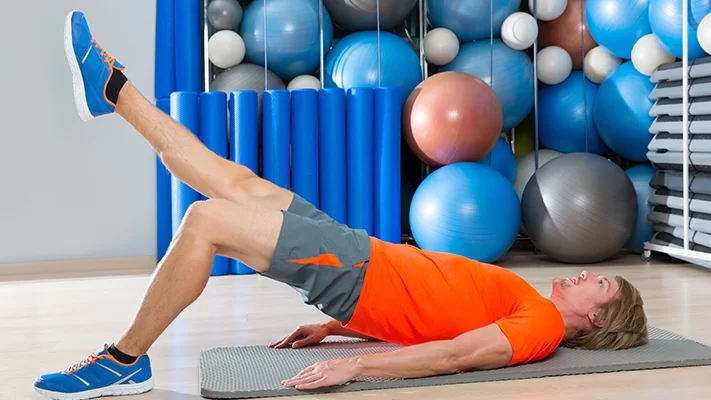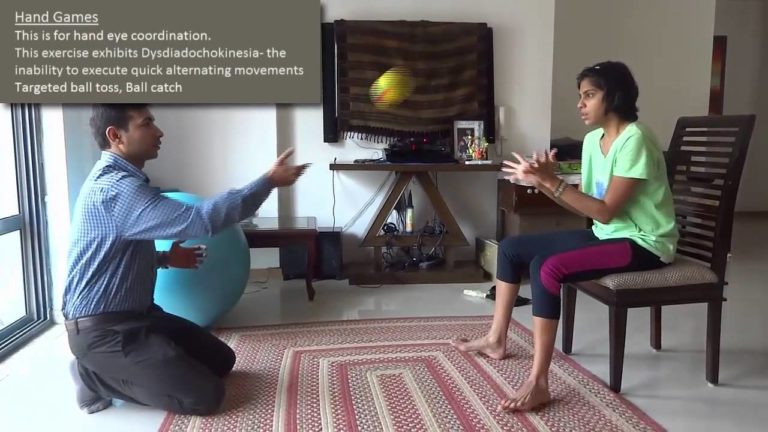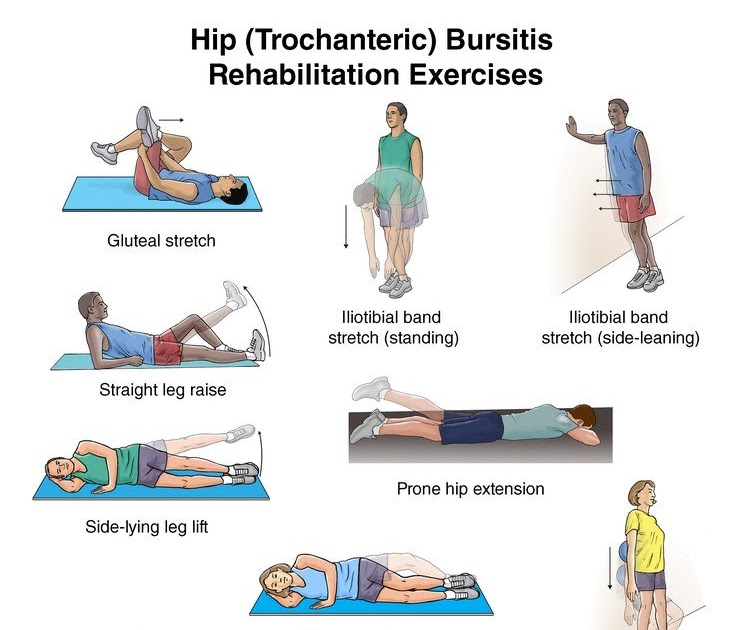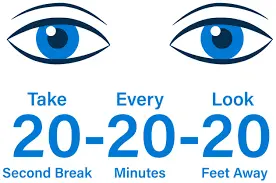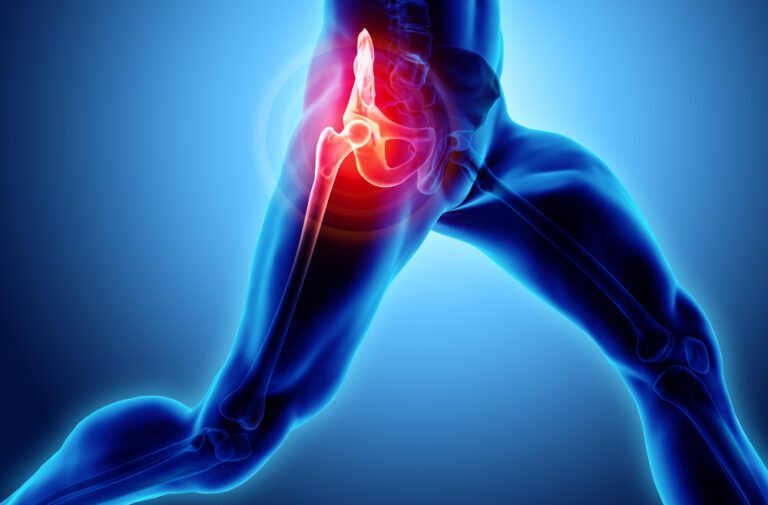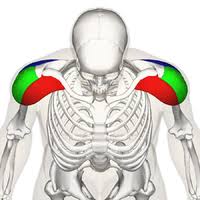Garudasana (Eagle Pose)
What is Garudasana (Eagle Pose)? The Garudasana (Eagle Pose) name translates from the Sanskrit words Garuda means Eagle and Asana means Posture or Position. Garuda is called the king of the birds. This standing position is also mentioned below the category of balancing positions and works to strengthen the legs. Eagle Position has reviewed a…

